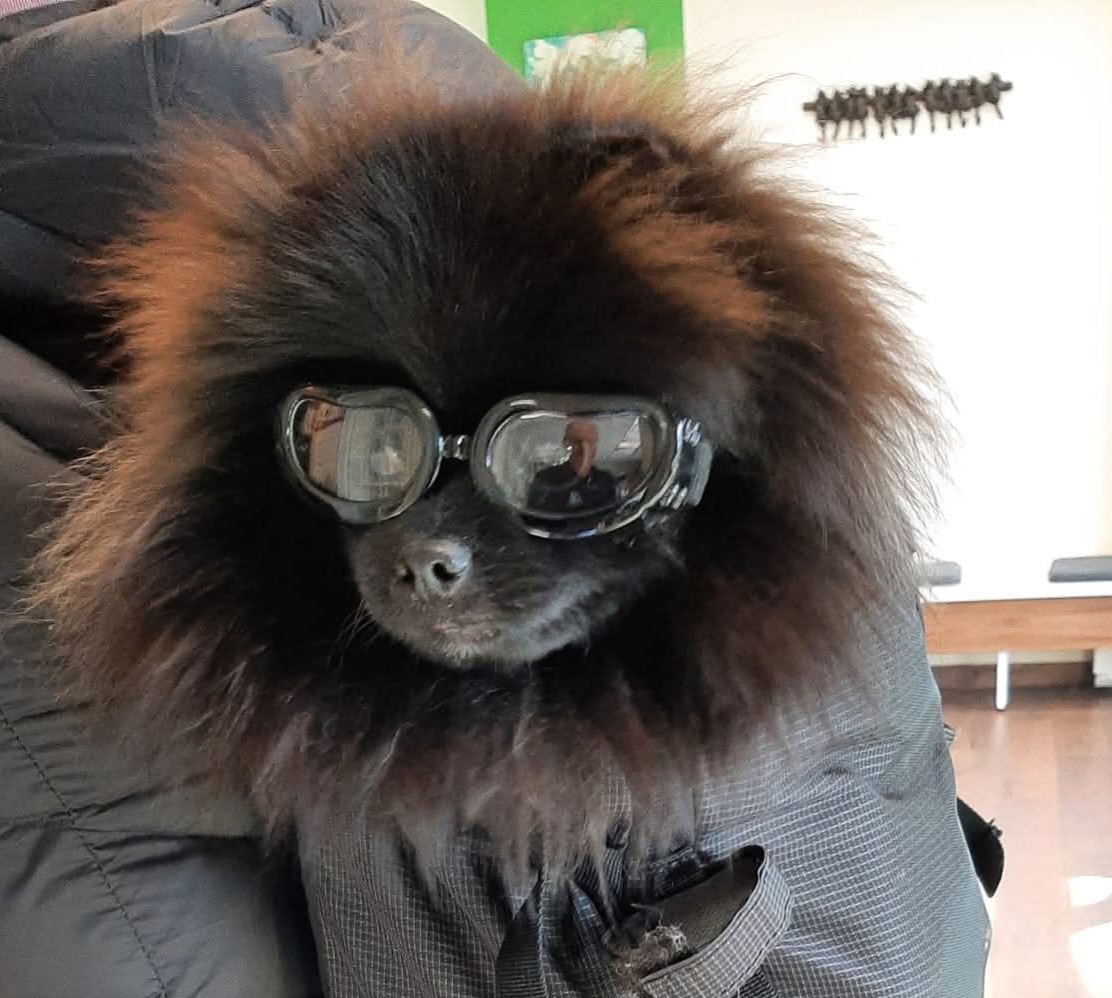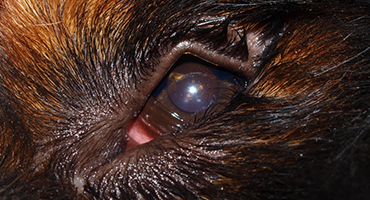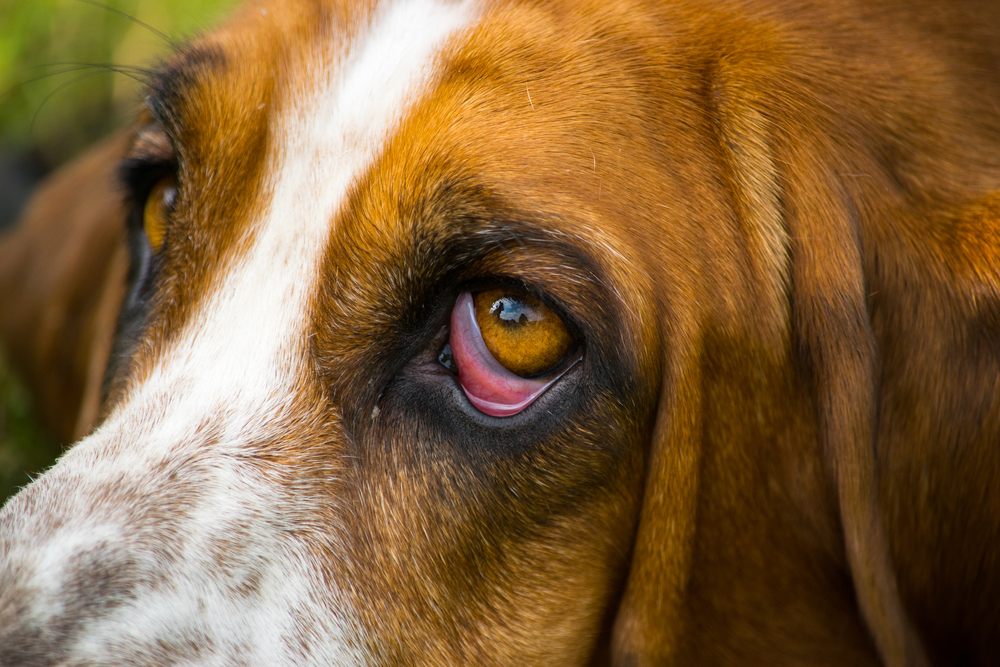Eye problemes

Eye Problems
Entropion

Introduction:
Entropion is an abnormality of the eyelids in which the eyelid folds inward (toward the eye). In short-nosed breeds, it is often a congenital problem, but it can also be developed. It can affect both the upper and lower eyelids, and can be a unilateral or bilateral issue.
Symptoms:
Eyelashes on the affected eyelids will cause constant irritation to the surface of the eye so, excessive tear production will be seen followed by discharge if the problem continues. The constant irritation and resulting inflammation can also cause corneal injury. In the case of corneal injury, the cornea will appear cloudy and wax-like and a lump may form.
Diagnosis:
Diagnosis is usually not a problem. It is essential to distinguish the eye pain caused by introversion of the eyelid, when this abnormality can be corrected in a conservative manner.
Treatment:
Entropion can be remedied with corrective surgery only.
Ectropion

Introduction:
The outward (away from the eye) turning of the eyelid is called ectropion. It is typical of the lower eyelids and can be seen on both eyes.
Symptoms:
Ectropion causes less severe symptoms compared to those of entropion, as the eyelashes turn outwards and therefore do not irritate the cornea. The most common symptom is the inflammation of the conjunctiva of the protruding lower eyelid.
Treatment:
In most cases, it is enough to treat the conjunctivitis that has formed with eye drops. In cases of more severe or recurrent conjunctivitis, surgical correction may be required.
Third Eyelid Gland Prolapse (Cherry eye)

Introduction:
Third eyelid gland (Harder's gland) prolapse develops in dogs when they are only a few months old. It is most often seen in brachycephalic breeds. It can be unilateral or bilateral.
Symptoms:
The gland in the inner canthus of the eyeball swells, reddens and resembles a cherry; leading to the nickname 'Cherry Eye'. The prolapsed gland causes an excess of tears, conjunctivitis, and animals will often rub their eyes.
Treatment:
In mild cases, anti-inflammatory and antibiotic eye drops can retract the gland into place. Usually, however, surgery will be used to correct the prolapse.
